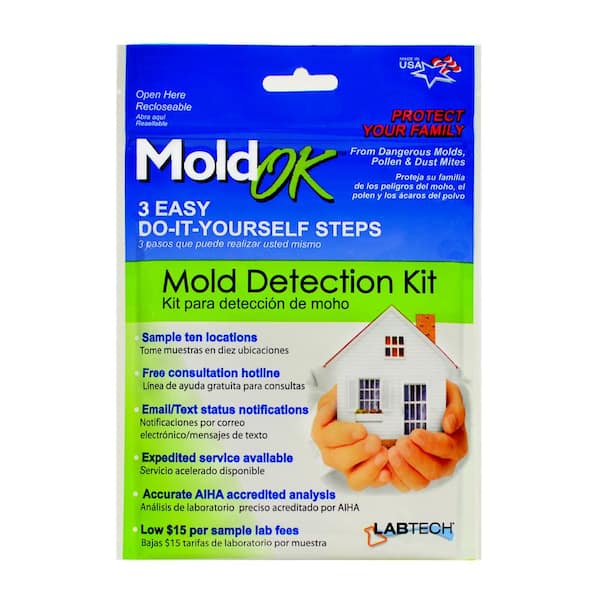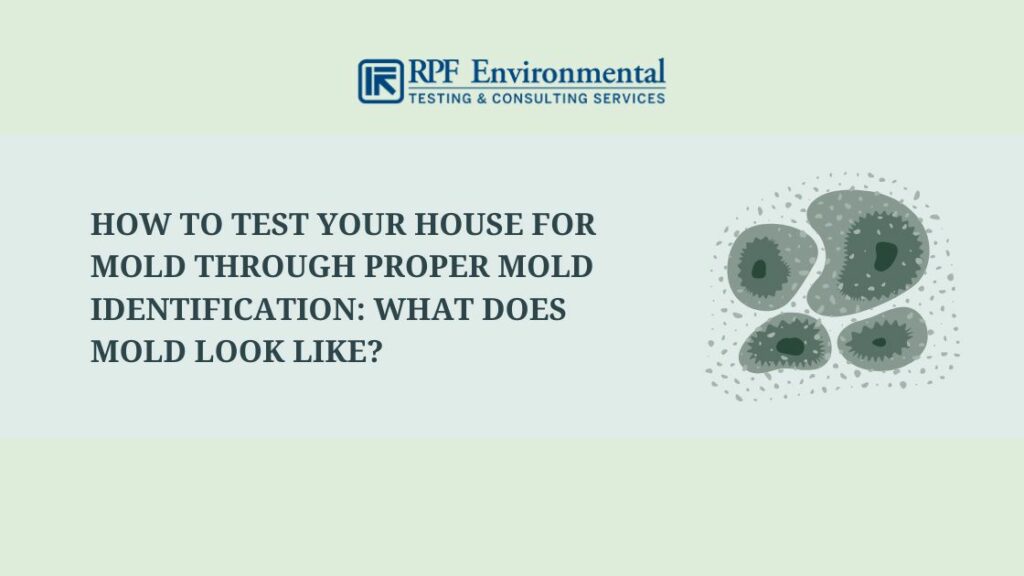Just How Mycotoxin Testing Helps Avoid Contamination and Protect Food Materials

Mycotoxin testing is an important practice in the food sector, working as a frontline defense versus contamination by dangerous toxins generated by mold and mildews. With the application of sophisticated strategies like High-Performance Liquid Chromatography (HPLC) and Liquid Chromatography-Mass Spectrometry (LC-MS), food producers can accurately quantify and discover mycotoxin degrees in farming items. This positive strategy not only guarantees conformity with rigid safety policies but also alleviates health threats to customers. In addition, routine testing fortifies brand name reputation and monetary health and wellness by lowering contamination-related cases. Just how specifically do these testing methods integrate right into the more comprehensive food security approach?
Recognizing Mycotoxins
Recognizing mycotoxins begins with recognizing that they are harmful second metabolites produced by specific molds, which can contaminate farming products. These metabolites are not essential for the development or reproduction of the fungis yet can have severe ramifications for animal and human health. Mycotoxins are frequently located in staple crops such as corn, wheat, barley, and nuts, where they can multiply under particular conditions of dampness and temperature.
There are a number of kinds of mycotoxins, each produced by different fungal types. Fusarium species create fumonisins and trichothecenes, both of which are associated with different acute and chronic health and wellness issues.

Dangers of Mycotoxin Contamination
The risks of mycotoxin contamination are diverse, posturing considerable dangers to both food safety and public health and wellness. Mycotoxins, harmful substances created by certain kinds of fungis, can infect a vast array of agricultural items including cereals, nuts, seasonings, dried fruits, and coffee. When these toxins penetrate the food supply, they can bring about severe wellness problems such as liver damage, kidney failure, and even cancer. Prone populaces, consisting of kids, the senior, and immunocompromised people, are especially at danger.
Economic effects are an additional major concern. Polluted crops can result in significant monetary losses for farmers and food manufacturers because of reduced returns and the need for pricey purification measures. Worldwide profession can be substantially prevented as countries implement rigorous mycotoxin policies to shield their populations, leading to rejected shipments and stretched profession relationships.
Ecological factors such as climate modification aggravate the threat of mycotoxin contamination. Variations in temperature level and humidity can create favorable conditions for fungal development, boosting the possibility of contamination events. Therefore, understanding and alleviating these dangers are essential for making certain the safety and security and honesty of international food materials.
Methods of Mycotoxin Evaluating
Precisely recognizing mycotoxin contamination in agricultural products is vital for guarding public health and wellness and you can look here keeping food safety and security criteria. Various approaches are utilized to spot and quantify mycotoxins, each offering particular advantages and constraints.
High-Performance Fluid Chromatography (HPLC) is a commonly made use of method as a result of its high sensitivity and precision. It includes dividing mycotoxins from other materials in a sample, allowing precise quantification. Fluid Chromatography-Mass Spectrometry (LC-MS) integrates liquid chromatography with mass spectrometry to supply comprehensive molecular details, making it specifically valuable for determining multiple mycotoxins simultaneously.

Gas Chromatography-Mass Spectrometry (GC-MS) and Thin-Layer Chromatography (TLC) are additionally employed, each with special applications. GC-MS works for unpredictable mycotoxins, while TLC offers a less complex, cost-efficient choice for preliminary screening.
Benefits of Regular Evaluating
Routine screening for mycotoxins in farming items uses countless advantages, considerably contributing to public wellness and food safety and security. By determining contamination early, normal testing assists protect against the circulation of poisonous foods, thereby decreasing the risk of mycotoxin-related illnesses amongst customers. This aggressive technique not only safeguards human health however likewise improves the general high quality of food supplies.
Different nations and regions have developed rigorous restrictions for mycotoxin degrees in food and feed. Adhering to these limits via regular testing makes certain that providers and manufacturers meet legal standards, therefore avoiding penalties and trade obstacles.
Additionally, normal mycotoxin testing can bring about substantial economic benefits. Early detection of contamination permits timely intervention, reducing potential losses from extensive contamination. Executing regular testing methods can likewise reduce recall prices and associated obligations, which can be financially ravaging.
Furthermore, regular screening gives valuable data that read this can notify much better agricultural methods and storage space problems. By understanding patterns of contamination, manufacturers can adopt safety nets, thereby decreasing future dangers and contributing to the sustainability of the food supply chain.
Applying Examining Protocols
Applying efficient mycotoxin testing methods is vital for making certain the safety and security and high quality of agricultural products. Each stage must be inspected to determine where mycotoxin contamination is most likely to happen.
Once critical control points are identified, picking proper screening techniques is essential. Usual techniques include enzyme-linked immunosorbent assay (ELISA), high-performance liquid chromatography (HPLC), and mass spectrometry (MS) Each method has its strengths and weak points; therefore, choosing the right one depends on the details mycotoxin being checked, the required sensitivity, and available resources.

Finally, integrating the screening protocols right into an extensive food safety administration system is suggested. This enhances traceability and makes it possible for speedy restorative activities when contamination is detected, consequently protecting the stability of the food supply chain.
Final Thought
Mycotoxin screening is essential in stopping contamination and guarding food supplies by enabling very early detection of damaging toxic substances created by molds in agricultural items. Advanced techniques such as HPLC and LC-MS guarantee compliance with safety and security laws and protect consumers from health and wellness threats. Regular testing enhances brand credibility, economic security, and rely on food security by decreasing contamination-related losses and maintaining high standards in food manufacturing. Carrying out rigorous testing procedures is therefore important for the industry's total well-being.
Mycotoxin screening is a crucial method in the food industry, offering as a frontline protection versus contamination by hazardous toxins created by molds. An integrated technique including farming methods, storage space administration, and routine screening can minimize the dangers associated with mycotoxin contamination, making certain food safety and public health and wellness.
The risks of mycotoxin contamination are diverse, posing significant risks to both food security and public health and wellness.Regular testing for mycotoxins in farming products provides many benefits, dramatically adding to public health and wellness and food safety.Mycotoxin testing is crucial in protecting against contamination and safeguarding food materials by allowing early discovery of harmful toxic substances generated by molds in agricultural products.